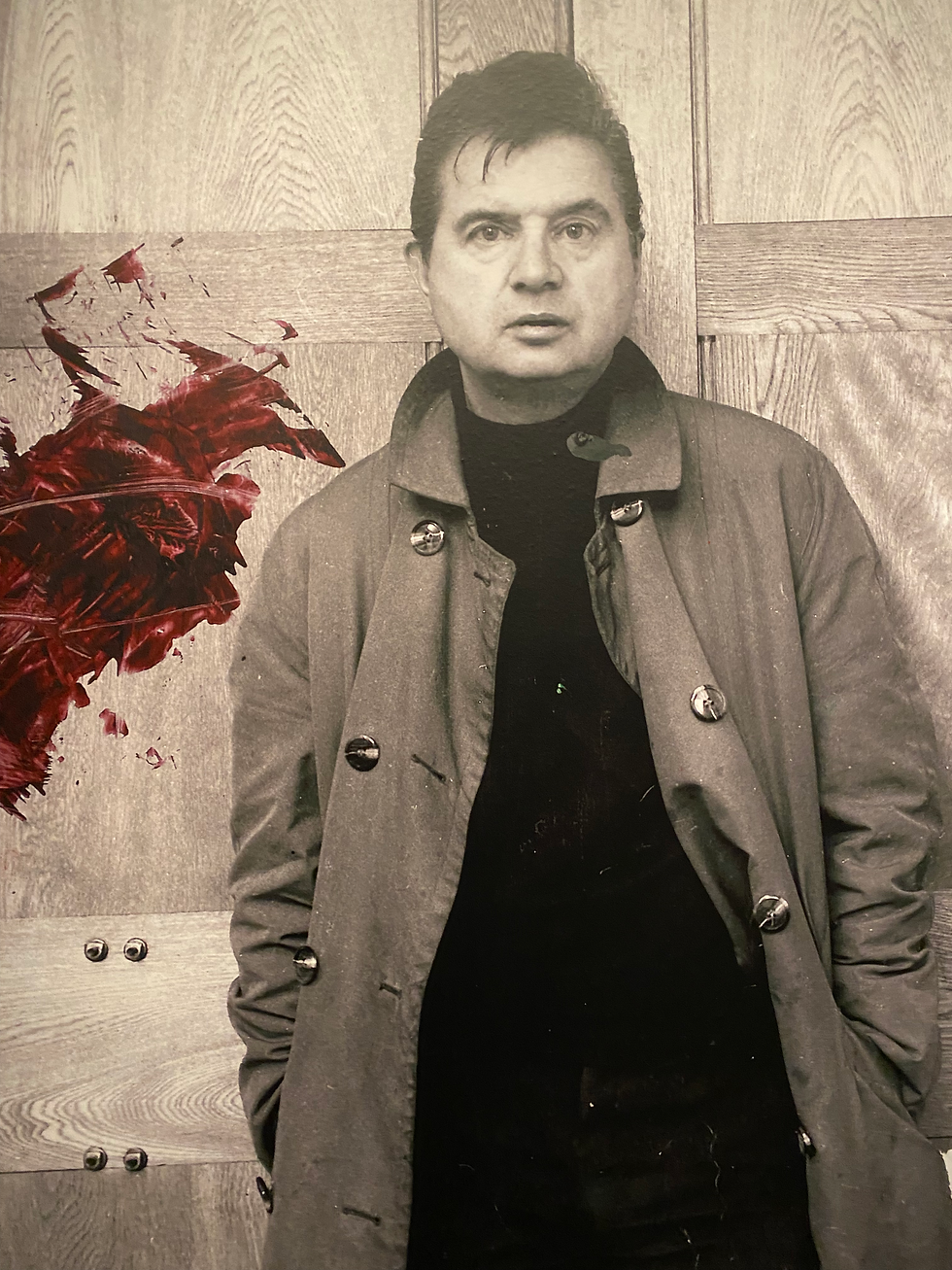Francis Bacon: Man and Beast
- dandelion

- Jan 31, 2022
- 2 min read
Updated: Feb 4, 2022
Francis Bacon grew up in rural Ireland, the son of a racehorse trainer. An openly gay man when homosexuality was still illegal, Bacon was banished from his family by his conservative father when he was only 16-years old. From a young age he was obsessed with the animal world, observing their uninhibited behaviour and captivated by photos of them in motion. Acutely aware of how animal we humans are, he was conscious that a human's animal instinct is strong in all its fear, lust and rage.
This powerful exhibition which opens on Saturday focuses on Bacon’s fascination with animals. We’re not talking sweet fluffy animals here, but bulls, baboons, dogs, birds of prey with lolling tongues, hideous fangs and horns. There are actual animals and more emblematic figures such as the "screaming pope" (Head VI – below) which stopped us in our tracks. And also nightmarish hybrid figures where man and beast merge, their bodies distorted such as in his early crucifixion paintings and the 1980's triptychs inspired by Greek tragedy (see below).
The show is broadly chronological and we were pleased that the theme is broad enough to include paintings from the entire span of Bacon’s 50-year career because – just on occasion – there are moments where some of the actual animal paintings feel weaker than the others, as if they are there to fit the theme.
A highlight of the exhibition is three bullfighting paintings (Bacon hugely admired Picasso) that are brought together for the first time ever in the ring of the octagonal hall. And the show ends with a work that has never been seen before – the bull almost a ghost – hovering in a doorway to an empty black arena.
Bacon's paintings are unnerving, uncomfortable viewing and yet it is impossible to stop looking. They punch you in the stomach again and again, reflecting the horror of life and all its messiness and pain. Take the portrait of his lover, George Dyer, for instance – theirs was a tumultuous relationship and in the1966 portrait Dyer is shown alone, crouching and staring ahead with a human face which is deformed into something closer to a monster. Five years after this he tragically died of an overdose. The paintings are all the more monstrous for their size and yet they fascinate.
WARNING! This exhibition is not for younger viewers – but it is a must for any older teenager who is serious about their art. Bacon is considered the most influential and important painter of the recent past, and it would be remiss not to take this opportunity to see these large-scale works in all their drama (so much more domineering and powerful than any reproduction) and be challenged by his work.
Anya Waddington 27 January 2022
Francis Bacon: Man and Beast
29 January to 17 April 2022








Comments